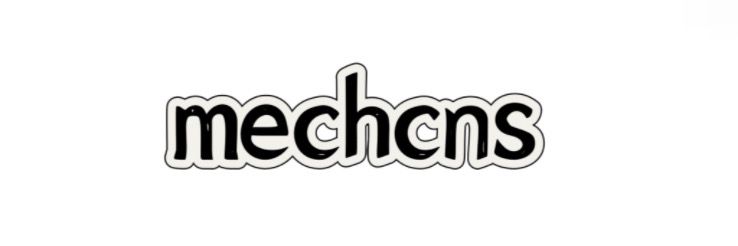POF vs PVC: What You Need to Know for Your Projects
Apr. 09, 2025
When embarking on various industrial and construction projects, understanding the materials you’ll be working with is crucial. POF (polyolefin) and PVC (polyvinyl chloride) are two commonly used plastic materials that each have their own set of characteristics, advantages, and drawbacks. Knowing the differences between POF and PVC can help you choose the right material for your project, whether it’s for packaging, construction, or other applications.
If you are looking for more details, kindly visit pof vs pvc.
Material Characteristics
POF is a type of plastic known for its excellent clarity, flexibility, and puncture resistance. It is often used in packaging applications, such as shrink-wrapping and bags, due to its ability to conform tightly to products. POF is considered a safer alternative as it doesn’t contain harmful chemicals like chlorine. On the other hand, PVC is a more rigid and durable material, commonly used in construction, plumbing, and electrical applications. It can withstand tough environmental conditions but is less flexible than POF.
Applications
The applications for POF and PVC vary significantly. POF is primarily used in the packaging industry for shrink films and bags, providing an effective barrier against moisture and other environmental factors. It adheres well to print, making it an excellent choice for branding. Conversely, PVC is widely utilized in construction for pipes, fittings, flooring, and electrical conduits due to its strength and durability. The choice between POF and PVC often comes down to the specific needs of the project—whether flexibility is essential or whether a more rigid, long-lasting material is required.
Further reading:protective sheet of film
Environmental Considerations
When considering pof vs pvc, it’s essential to examine the environmental impact of each material. POF is generally viewed as a more environmentally friendly option because it is made from non-toxic materials and is recyclable. In contrast, PVC production involves the use of chlorine and can release harmful dioxins, which raises concerns about its environmental footprint. Moreover, while PVC is recyclable, the process can be complicated, and not all recycling facilities are equipped to handle it.
Cost and Availability
Cost is often a significant factor when choosing between POF and PVC. POF is usually more expensive than PVC due to its specialized production process, which results in higher pricing for films and packaging materials. However, for certain applications where performance and safety are paramount, the additional cost may be justified. PVC tends to be more readily available and cost-effective, making it a popular choice for large-scale construction projects where budget constraints are a concern.
Conclusion
In summary, the decision between POF and PVC should be based on the specific requirements of your project, including flexibility, durability, environmental considerations, and budget constraints. Each material has its advantages and disadvantages, making it essential to carefully analyze your needs. For more personalized guidance on choosing the right material for your project, feel free to contact us.
Contact us to discuss your requirements of light blocking shrink label. Our experienced sales team can help you identify the options that best suit your needs.
17
0
0
All Comments (0)
Previous: protective sheet of film
Next: The Ultimate Guide to High Voltage & Electrical Insulation Tape
If you are interested in sending in a Guest Blogger Submission,welcome to write for us!


Comments